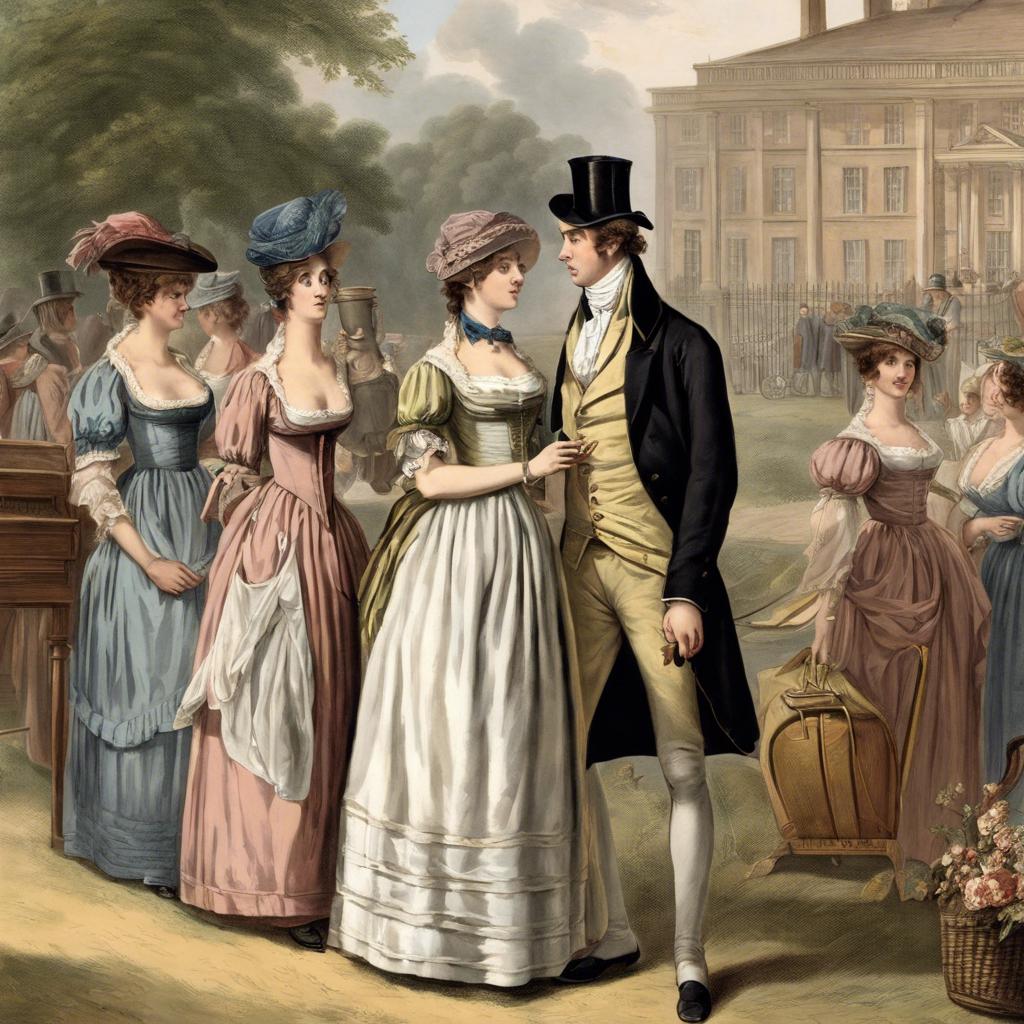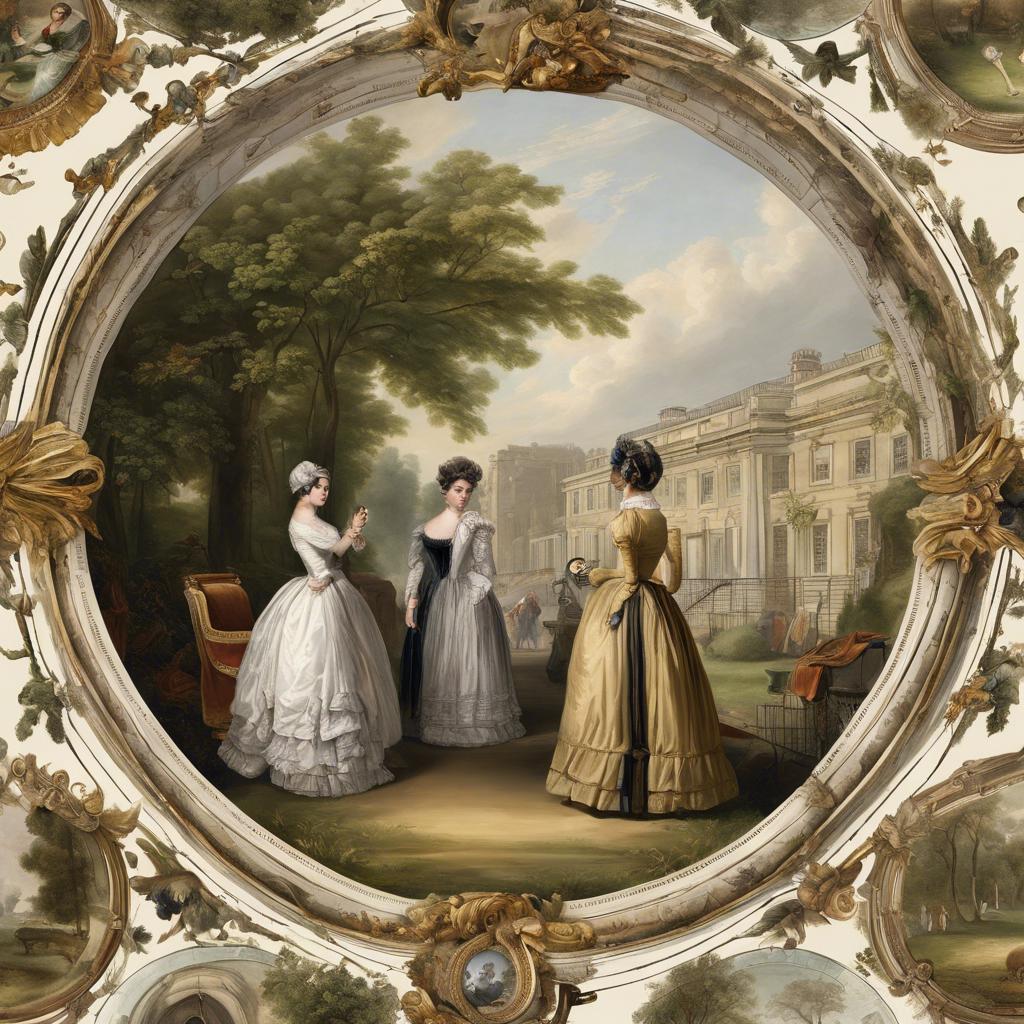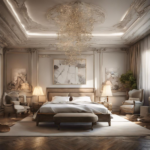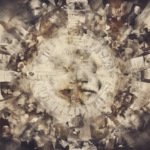The Regency Era, spanning from 1811 to 1820, marked a pivotal period in British history characterized by political turbulence, societal transition, and cultural vibrancy. As King George III’s mental decline led to the appointment of his son as Prince Regent, England entered a fascinating chapter defined by the intersection of aristocratic elegance and burgeoning industrialization. Join us as we delve into the intricate tapestry of the Regency Era and explore its unique customs, fashions, and political landscape that left a lasting impact on British society.
Step Into the World of Cheryl Bolen
Dive into the enchanting stories of love, intrigue, and elegance set in the Regency Era. Cheryl Bolen's novels offer timeless romance and captivating tales that will leave you wanting more.
Explore Cheryl Bolen's Books Now
Life in Regency Era England
In the Regency Era, England experienced a period of cultural and societal transformation. From 1811 to 1820, the country was ruled by the Prince Regent, who later became King George IV. This era was marked by elegance, refinement, and the rise of the Romantic movement in literature and art.
During this time, the upper class enjoyed luxurious lifestyles filled with extravagant balls, elaborate fashion, and leisurely pursuits. Country houses and London townhouses were the primary residences of the wealthy, where they entertained guests and engaged in social activities. The strict social hierarchy dictated one’s place in society, with rigid expectations of behavior and etiquette.
For the lower classes, life was characterized by hard work, poverty, and limited opportunities for advancement. Many worked in factories or as domestic servants, struggling to make ends meet. Despite the stark contrast between the social classes, the Regency Era saw the beginnings of social reform movements aimed at addressing issues such as child labor and poor working conditions.
Elegant Fashion and Social Etiquette
In the Regency era, fashion and social etiquette played a crucial role in defining one’s status in society. Women’s fashion was characterized by empire waistlines, delicate fabrics such as muslin and silk, and intricate embellishments like lace and embroidery. Men, on the other hand, wore tailored coats, waistcoats, and breeches, often made from luxurious materials like velvet and brocade.
Fashion Trends of the Regency Era:
- Women wore high-waisted dresses with flowing skirts that accentuated the natural waistline.
- Men sported tailored suits with fitted coats and high-collared shirts.
- Both men and women accessorized with gloves, hats, and elaborate jewelry to complete their outfits.
Social Etiquette in the Regency Era:
- Manners and decorum were highly valued, with strict rules governing behavior in social settings.
- Courting rituals were elaborate and involved strict protocols for interactions between men and women.
- Calling cards were used to announce visits and maintain social connections within the upper classes.
| High-Waisted Dresses | Tailored Suits |
|---|---|
| Empire Waistlines | Fitted Coats |
| Flowing Skirts | High-Collared Shirts |
| Delicate Fabrics | Luxurious Materials |
Literature and the Arts: A Flourishing Period
In the early 19th century, the Regency era in England marked a period of refinement and elegance in literature and the arts. This flourishing period was characterized by a shift away from the strict societal norms of the Georgian era, allowing for a greater sense of creativity and expression.
During the Regency era, literature saw a surge in popularity, with many notable authors emerging during this time. Writers such as Jane Austen, Lord Byron, and Sir Walter Scott captivated audiences with their works, which often focused on themes of love, society, and politics. These authors helped shape the literary landscape of the time, paving the way for future generations of writers.
Art also flourished during the Regency era, with the rise of Romanticism influencing many painters and sculptors. Artists like J.M.W. Turner and John Constable captured the beauty of the natural world in their landscapes, while sculptors like Antonio Canova created intricate works of art that reflected the ideals of the time. The Regency era was truly a time of artistic innovation and creativity.
Recommendations for Exploring Regency Era Architecture
The Regency Era, spanning from 1811 to 1820, was a time of elegance and refinement in architecture. Here are some recommendations for exploring the stunning buildings and structures from this period:
Visit Regency landmarks:
- Take a stroll through Bath to admire the Georgian townhouses and the iconic Royal Crescent.
- Explore London’s Regent Street and Regent’s Park, designed by John Nash.
- Visit Brighton Pavilion, a lavish and exotic palace built for the Prince Regent.
Attend architectural tours:
- Join guided tours of stately homes like Chatsworth House and Blenheim Palace for a glimpse into Regency grandeur.
- Participate in walking tours of historic neighborhoods in cities like Edinburgh and Dublin to see a variety of Regency-style buildings.
| Recommendation | Description |
|---|---|
| Read Regency architecture books | Expand your knowledge with books like “Georgian and Regency Architecture” by Dan Cruickshank. |
| Visit Country Houses | Explore the grandeur of Regency country estates like Highclere Castle. |
The Conclusion
the Regency Era was a time of great social change, cultural advancement, and political intrigue in British history. From the extravagant fashions and lavish balls to the groundbreaking literature and advancements in science, the Regency Era undoubtedly left a lasting impact on society. As we look back on this period with fascination and nostalgia, we are reminded of the enduring legacy of the Regency Era and its continued influence on our modern world.


